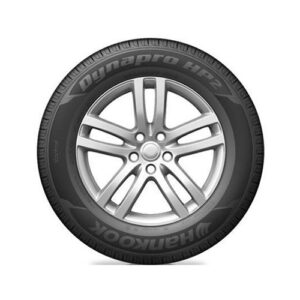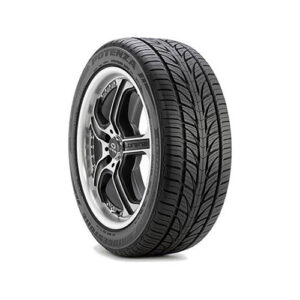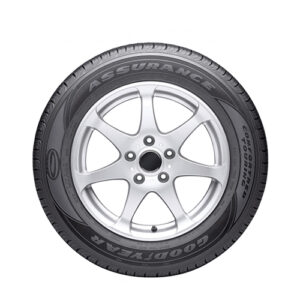Deflating your tires might not be as common as inflating them, but it becomes necessary in some situations. Whether you need to adjust tire pressure for off-roading, improve traction on slippery surfaces, or adhere to specific regulations, knowing how to release air out of tires properly is essential. Let’s walk through the process step by step, ensuring you can deflate your tires precisely and confidently.
Safety First:
Before initiating deflation:
- Ensure your vehicle is securely lifted using an appropriate jack.
- Prioritize safety by parking your car on a level surface, engaging the parking brake, and turning off the ignition.
- Ensure you have essential tools on hand, including a tire pressure tester and a valve core removal tool.
Tools needed:
- Tire pressure gauge
- Screwdriver or any thin, long, blunt tool
- Air compressor or inflator
Check Current Tire Pressure:
Use a tire pressure gauge to determine each tire’s current pressure. For the recommended tire pressure information, consult the manufacturer’s recommendations or the manual for your car.
Establish the Target Pressure:
Set the target pressure based on the reason for deflating your tires. For example, reduced tire pressure may be necessary to improve traction when off-roading or driving on sand. Don’t stay within your tire’s maximum capacity to handle the load.
Unveil the Valve Stem and Core Mastery:
Find the valve stem on every tire, a slight cylindrical extension generally covered by a plastic or metal lid. Remove the lid to reach the valve. Introduce the valve core removal tool into the valve stem and rotate it counterclockwise to loosen and extract the valve core. Anticipate a swift release of air upon successful removal of the valve core.
Gradual Release and Ongoing Pressure Monitoring:
Tire pressure can be effectively maintained by gradually releasing air from the tires, regularly monitoring with a tire gauge, and adjusting as needed. Keep a close check on tire pressure during deflation to avoid over-deflation, which can result in poor handling, increased tire wear, and reduced fuel efficiency.
Replacing Valve Cores:
Reinstall the valve cores in the valve stems when you’ve attained the appropriate tire pressure. To ensure they are tightly tightened, use the valve core removal tool. Replace the valve caps to keep the valve stems from debris and grime.
Recheck Tire Pressure:
To ensure the tire pressure meets your goal pressure, check it one last time after resealing the valve cores. If needed, make modifications.
Tool Storage:
For future reference, keep the tire pressure gauge and the valve core removal tool in your car safely. Maintaining proper storage guarantees that the devices are ready for use when needed.
Elevate Your Tire Experience with Zee’s Tire Shop:
Implementing the explained instructions will enable you to safely and expertly deflate your tires for various uses. Safety must come first, pressure must be constantly monitored, and suitable instruments must be used for the job. With the help of this tutorial, you may be confident that you are equipped to handle the deflation process and make wise tire pressure decisions, especially when considering used tires. Consider Zee’s Tire Shop for premium tires and tire services. This business is dedicated to excellence in products and services, so you can be sure your car has the best tires available, new or used.








Leave a Reply